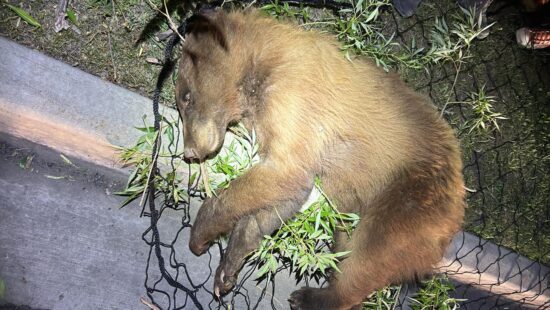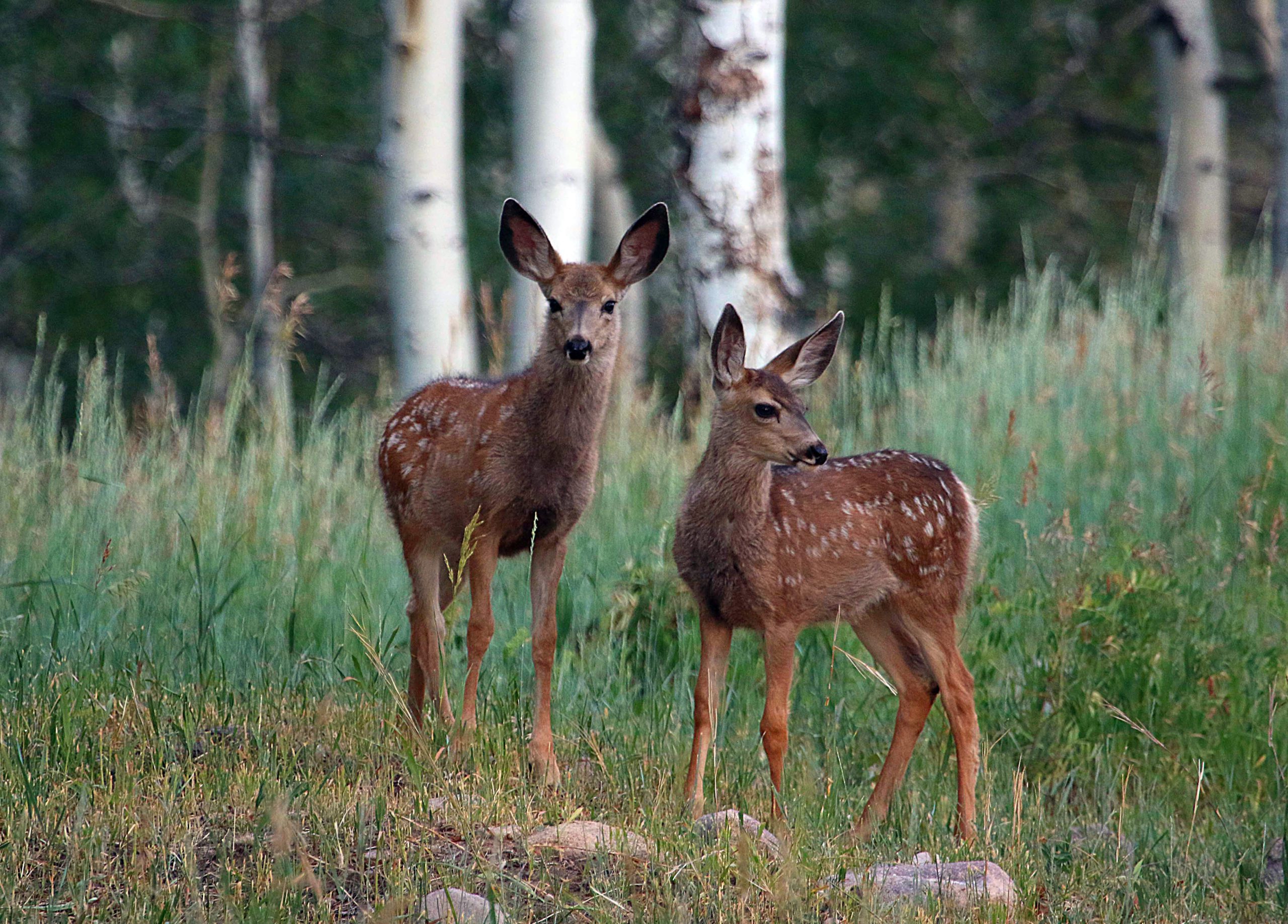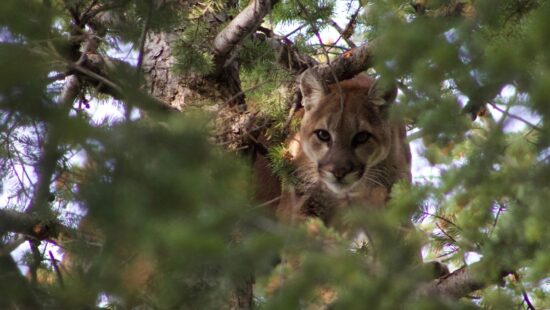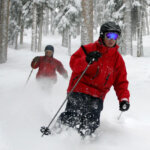Wildlife
Utah Wildlife Board makes changes for prairie dog, black bear hunting
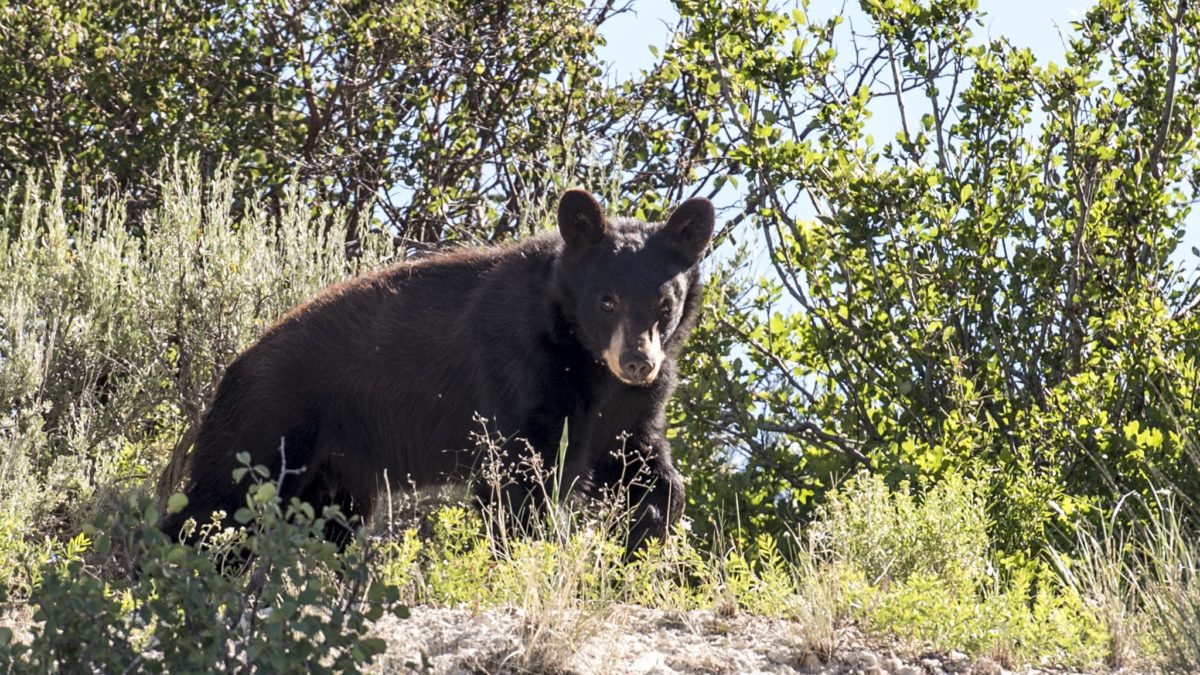
A black bear photographed in Utah. Photo: Utah Division of Wildlife Resources // Dustin Stettler
SALT LAKE CITY – During a public hearing on Tuesday, December 3, the Utah Wildlife Board authorized several revisions to the laws governing Utah prairie dogs, which would take effect if the animals were delisted under the Endangered Species Act (ESA), as well as some adjustments to bear hunting and furbearer seasons.
The Utah prairie dog has been protected under the ESA since 1973. There are three different kinds of prairie dogs in Utah, but the Utah prairie dogs are exclusive to the state’s southwest.
The Utah Division of Wildlife Resources performs surveys each spring to figure out the population of Utah prairie dogs in addition to other conservation initiatives. Utah prairie dog populations have been roughly three times higher in each of the last three years than they were in 1971. The population of the Utah prairie dog has been constant or growing over the past three decades, according to long-term data. The DWR contends that the Utah prairie dog should be delisted from the federal list of threatened and endangered species and removed from the ESA.
The Utah Prairie Dog Conservation Strategy, which will remain in effect for the foreseeable future with reevaluations, will guide how the DWR manages prairie dogs. During its meeting on Tuesday, the Utah Wildlife Board authorized various rules and amendments for the management of prairie dogs, which would take effect once they are delisted.
“The plan will continue to manage the population through ongoing monitoring while also helping to address concerns and conflicts with private landowners due to possible damage,” DWR Mammal Conservation Coordinator Kim Hersey said. “Some of the approved changes to the current rule allow the taking of prairie dogs in situations where there are conflicts while maintaining a healthy population and ongoing conservation efforts. These approved changes will go into effect if the Utah prairie dog is delisted and will allow for regulated control for prairie dogs that are causing damage for private landowners.”
In addition to reviewing the laws governing prairie dogs, the Wildlife Board made changes to the Utah black bear management plan. The year 2023 marks the start of the second year of a three-year recommended cycle for black bear hunting. As a result, the DWR did not suggest altering the allotted number of permits or the black bear harvest goals for the seasons of 2023.
The Utah Black Bear Management Plan, however, was due to expire later this year, so the DWR assembled a committee of different stakeholders and groups to assist in making suggestions to revise the management plan.
A few changes to the black bear management plan were approved by the wildlife board, including giving the district biologist more flexibility to take into account bear populations on surrounding hunting units.
The board also approved some additional rule changes regarding bear hunting, including:
Continuing to require the mandatory orientation course for all applicants in 2023 and requesting the DWR to update it with additional educational components by 2024.
Require the DWR to review and update the bear pursuit rules.
Allowing a hunter with a valid bait permit to hunt over another hunter’s bait site, with written permission from the person who originally established the bait site.
Prohibiting the use of chocolate or cocoa as bait, since chocolate/cocoa can be toxic to animals.
Requiring bait sites to comply with all DWR rules, but that the DWR will not review locations and approve them before a certificate of registration is issued.
The board also approved a few changes to the season dates for using hounds for hunting bears and season dates for using bait. The fall bait season was eliminated, so it wouldn’t overlap with hound seasons, as it’s illegal to use both bait and hounds at the same time during a bear hunt. The only season that would allow bait would be the spring season, which runs from May 30 to June 30, 2023.
















